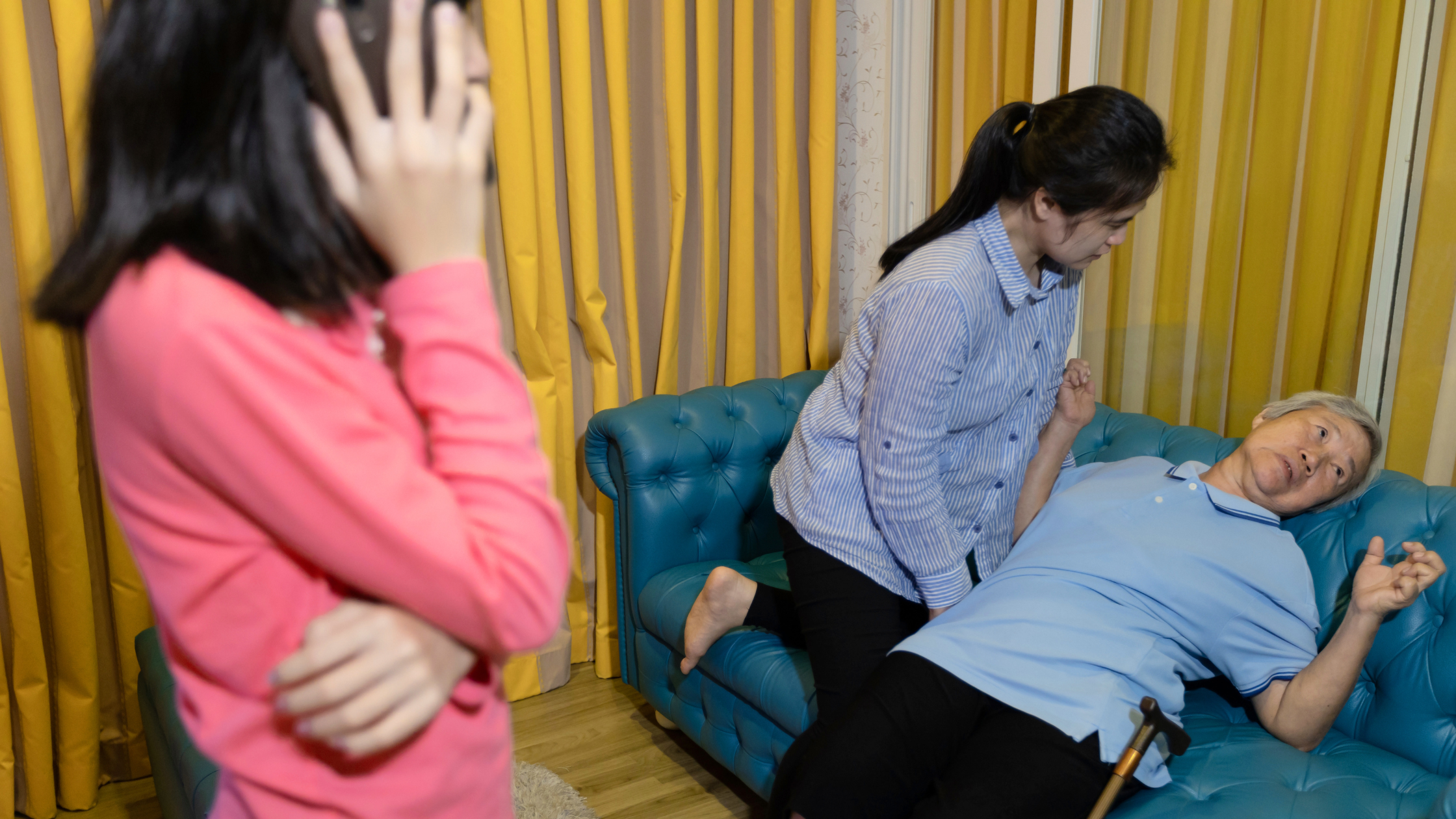
Sleep is often hailed as the body's natural healer, a period of rest and rejuvenation crucial for our physical and mental well-being. Yet, for individuals living with epilepsy, sleep can be fraught with uncertainty and potential triggers. Seizures, the hallmark of epilepsy, have long been observed to have a complex relationship with sleep, impacting both their occurrence and management. In this blog post, we delve into the intricate interplay between seizures and sleep, shedding light on this often misunderstood connection.
The Sleep-Seizure Nexus: Unraveling the Links
Seizures and Sleep Architecture
Sleep is not a uniform state but rather a series of stages, each with its unique characteristics. Research indicates that seizures can disrupt the normal progression through these stages, altering sleep architecture. For instance, some types of seizures, such as nocturnal frontal lobe seizures, are known to occur predominantly during specific sleep stages, like non-REM (rapid eye movement) sleep.
Circadian Rhythms and Seizure Susceptibility
Our body's internal clock, governed by circadian rhythms, influences various physiological processes, including sleep-wake cycles and seizure susceptibility. Disruptions to these rhythms, whether due to irregular sleep patterns or external factors like shift work, can potentially increase the likelihood of seizures. Conversely, seizures themselves may disrupt circadian rhythms, creating a cyclical relationship.
Sleep Deprivation and Seizure Threshold
Sleep deprivation is a well-established trigger for seizures in individuals with epilepsy. The exact mechanisms underlying this phenomenon are not fully understood, but it is believed that sleep deprivation lowers the seizure threshold, making the brain more susceptible to abnormal electrical activity. Moreover, the relationship between sleep and seizure threshold appears bidirectional, with seizures further disrupting sleep in a vicious cycle.
Managing Seizures in the Context of Sleep
Maintaining a Consistent Sleep Schedule
Establishing and adhering to a regular sleep schedule can help stabilize circadian rhythms and reduce the risk of seizures associated with sleep disturbances. This involves going to bed and waking up at the same time every day, including weekends, and prioritizing good sleep hygiene practices.
Identifying and Addressing Sleep Disorders
Coexisting sleep disorders, such as insomnia, sleep apnea, or restless legs syndrome, can exacerbate epilepsy symptoms. Identifying and treating these disorders through lifestyle modifications, behavioral therapy, or medical interventions can improve sleep quality and seizure control.
Medication Management and Timing
For individuals with epilepsy, optimizing medication regimens to account for sleep-related factors is crucial. Some antiepileptic drugs may have sedative effects, influencing sleep patterns, while others may be more effective when taken at specific times to coincide with seizure susceptibility during sleep.
Utilizing Sleep Diaries and Monitoring Devices
Keeping a sleep diary to track patterns of sleep and seizure activity can provide valuable insights for both individuals and healthcare providers. Additionally, wearable devices equipped with seizure detection algorithms offer real-time monitoring and alerts, enhancing safety and intervention strategies.
Conclusion
The relationship between seizures and sleep is undeniably complex, influenced by a myriad of factors ranging from neurobiology to environmental variables. Recognizing and understanding this intricate connection is essential for effectively managing epilepsy and improving quality of life for affected individuals. By prioritizing sleep hygiene, addressing underlying sleep disorders, and optimizing treatment strategies, we can strive to mitigate the impact of seizures on sleep and promote overall well-being. In this pursuit, collaboration between patients, caregivers, and healthcare professionals remains paramount, guiding us towards better sleep and seizure management strategies in the journey towards wellness.

